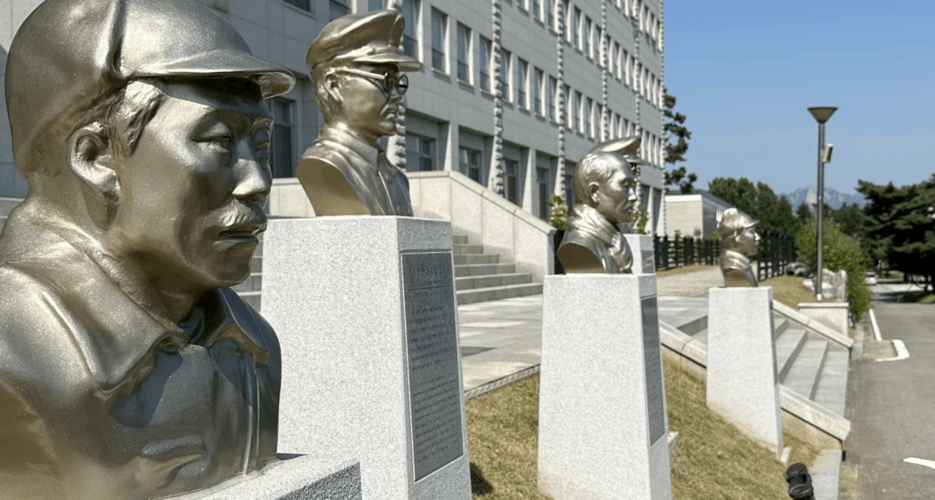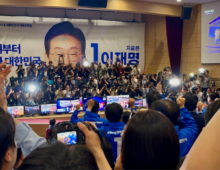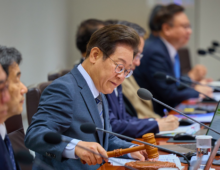Experts have likened South Korea's decision to remove freedom fighter’s bust from military academy to McCarthyism
The South Korean Defense Ministry, in conjunction with the Korea Military Academy (KMA), proposed the removal of a bust of General Hong Beom-do from the academy’s grounds. This decision has ignited debates, primarily concerning the Yoon administration’s interpretation of Korean contemporary history, which hints at its current worldview.
Five busts of Korean independence fighters were installed at the entrance of the KMA’s main pavilion in March 2018, during President Moon Jae-in’s tenure. Hong’s bust was chosen to commemorate the Korean Independence Army’s first major victory over Imperial Japanese forces at the 1920 Battle of Fengwudong, where Hong was the commander.
The South Korean Defense Ministry, in conjunction with the Korea Military Academy (KMA), proposed the removal of a bust of General Hong Beom-do from the academy’s grounds. This decision has ignited debates, primarily concerning the Yoon administration’s interpretation of Korean contemporary history, which hints at its current worldview.
Five busts of Korean independence fighters were installed at the entrance of the KMA’s main pavilion in March 2018, during President Moon Jae-in’s tenure. Hong’s bust was chosen to commemorate the Korean Independence Army’s first major victory over Imperial Japanese forces at the 1920 Battle of Fengwudong, where Hong was the commander.
Get your
KoreaPro
subscription today!
Unlock article access by becoming a KOREA PRO member today!
Unlock your access
to all our features.
Standard Annual plan includes:
-
Receive full archive access, full suite of newsletter products
-
Month in Review via email and the KOREA PRO website
-
Exclusive invites and priority access to member events
-
One year of access to NK News and NK News podcast
There are three plans available:
Lite, Standard and
Premium.
Explore which would be
the best one for you.
Explore membership options
© Korea Risk Group. All rights reserved.
No part of this content may be reproduced, distributed, or used for
commercial purposes without prior written permission from Korea Risk
Group.












